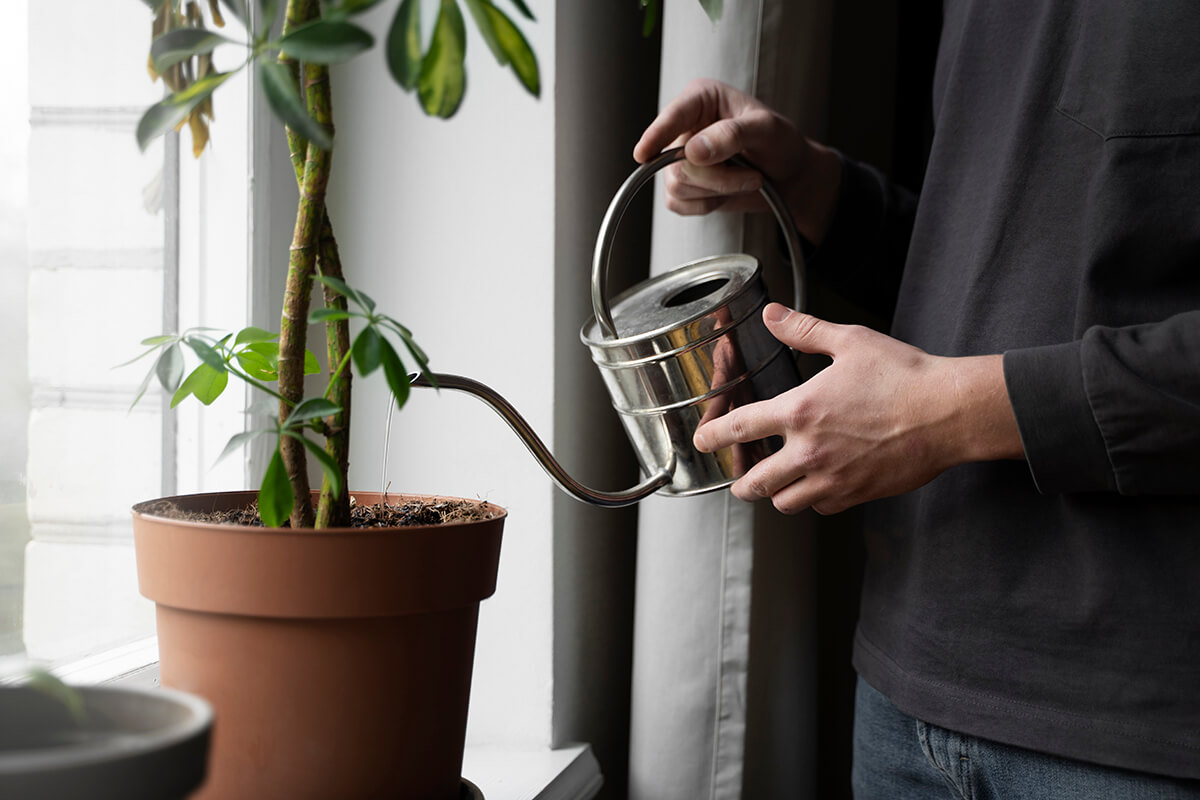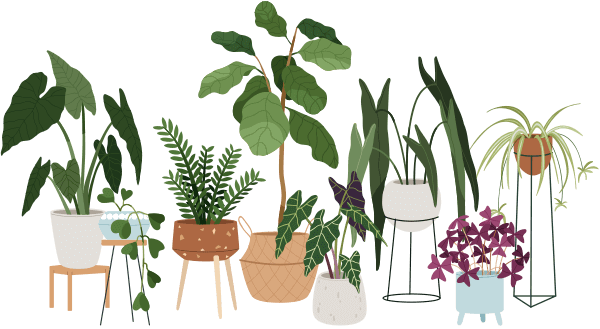Do you have a curious-looking plant with purple undersides and lush green leaves? You’re probably caring for an Oyster plant—also known as Rhoeo spathacea! This tropical houseplant is tough but does have some specific watering needs. If you’ve ever wondered exactly how much water your Oyster plant needs, how often to water, or if you should be misting those leaves, you’re in the right place. Let’s explore all the ins and outs of watering Rhoeo spathacea—so your plant can thrive, not just survive!
How Often Should You Water an Oyster Plant?
The Oyster plant, or Rhoeo spathacea, likes soil that is *lightly* moist but never soggy.
As a rule of thumb, water only when the top inch (about two centimeters) of soil has dried out. Sticking your finger into the soil—a simple finger test—is often the best moisture gauge. If it feels dry at your fingertip, it’s time to water. If not, wait a few more days.
Typical watering frequency:
- In spring and summer: Once a week is enough for most apartments.
- In fall and winter (when growth slows): Every 10–14 days, or even less!
Remember, the actual frequency can vary depending on your home’s temperature, humidity, and light levels. Oyster plants need less frequent watering in low light or cooler rooms.
How Much Water Does Rhoeo spathacea Need?
It may seem tricky, but there’s a simple rule:
Water thoroughly, but don’t drown them!
Pour enough water so that it runs out the bottom drainage holes. This ensures the roots receive a good drink. But don’t let the plant sit in the runoff—Oyster plants hate “wet feet”! Always toss out the leftover water from the saucer after 10-15 minutes.
Should You Spray or Mist the Oyster Plant?
You don’t need to mist your Rhoeo spathacea regularly. Unlike some tropicals, they’re content with average indoor humidity. Over-misting can even cause leaf spots or encourage rot.
However, during dry winter months or if you notice crispy leaf edges, you can gently mist the air nearby, not directly on the leaves. Mostly, stable room humidity (40–60%) is perfect.
Is Rhoeo spathacea Sensitive to Overwatering?
Yes, the Oyster plant is quite sensitive to being overwatered.
Wet, soggy soil can quickly lead to root rot—a common killer for these plants.
Common signs of overwatering:
- Yellow, limp leaves
- Mushy stems or roots
- Persistent damp soil
If you think you’ve overdone it, don’t worry! Let the soil dry out thoroughly before watering next time. The plant often recovers if the roots aren’t too damaged.
Is Oyster Plant Drought Tolerant?
While Rhoeo spathacea handles short dry periods better than too much water, it does like some moisture. It’s mildly drought-tolerant, but prolonged neglect will show:
- Leaves may curl, crisp, or develop brown tips.
Don’t panic if you forgot a watering! Just give your Oyster plant a drink and adjust your schedule. Consistency is the key.
Which Is Better: Bottom Watering or Watering from the Top?
Either method works for Oyster plant care, so choose the one that fits your routine.
- Top watering (watering from above): Quicker and washes out built-up minerals.
- Bottom watering (soaking the pot in a tray): Makes sure roots get a deep soak—helpful if you tend to rush.
No matter which you choose, always empty any excess water from the saucer to prevent root rot.
Quick Watering Checklist for Rhoeo spathacea
1. Check soil moisture with your finger—water if dry.
2. Water thoroughly until excess runs out.
3. Never let the plant stand in water.
4. Mist only in extra-dry conditions—not daily.
5. Adjust watering with seasons; less in winter, more in active growth.
What to Do With Excess Water After Watering?
Always pour out leftover water from the plant’s saucer about 10–15 minutes after watering. This prevents the common mistake of accidental overwatering and helps keep Oyster plant roots healthy.
Summary: Happy Watering for Your Oyster Plant
Caring for your Rhoeo spathacea means keeping the soil just right—not too wet, not bone dry. Check the soil often, water deeply but let the excess drain, and don’t worry if you slip up—your Oyster plant is a forgiving friend! With these tips, you’ll enjoy vibrant, happy foliage for years to come.


